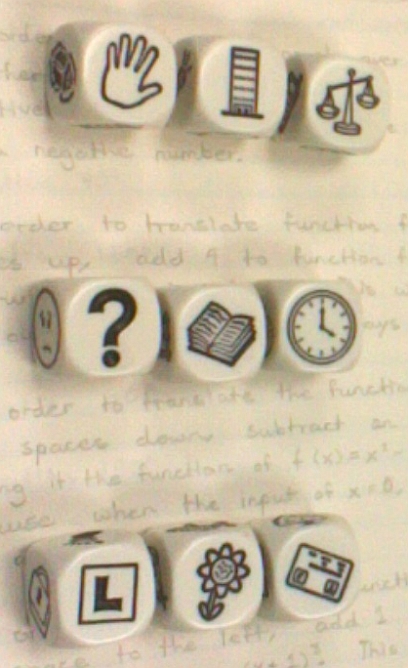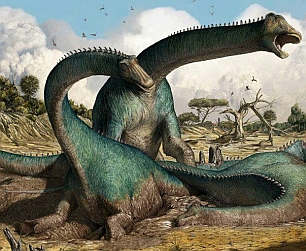The Mountain Fastness of the Vermillion Coenobites
Over at Tenkar’s Tavern, some excellent people, including map guru Dyson Logos, are running a too-cool contest. Check out the details here. Of course, I have to throw my hat into the ring, so here’s my entry for the Best Creature. This entry uses Small Map C – Troll Chasm.
The Mountain Fastness of the Vermillion Coenobites
Last century, the Vermillion Coenobites labored to create a mountain retreat where they could sing their escatic psalms to bring about the end of one age and birth of the next. For a time, the community thrived, but eventually it collapsed from within, torn apart by internal jealousies and conflicts over obscure doctrinal points. Shortly after the last abbot died, poisoned by the hands of a rival monk according to persistent rumor, the order disintegrated. Many questions about the last days of the Vermillion Coenobites remain unanswered. Chief among these questions is this one: What happened to the order’s wealth? During the cult’s heyday, several wealthy donors gave generously to the monks to secure positions of importance in the next age that the order would supposedly bring about.
Unfortunately for treasure seekers, the order’s crumbling mountain fastness is abandoned no more. A band of earthwrights now live in the ancient monastery, and these creatures do not tolerate trespassers. To warn and frighten away the curious, the earthwrights have left would-be interlopers trapped in tombs of twisted stone in which the imprisoned have starved to death.
Earthwright (for Swords & Wizardry)
Hit Dice: 3+3
Armor Class: 2 [18]
Attacks: By weapon (1d8)
Saving Throw: 14
Special: rock jump, shape earth and stone
Move: 6
Alignment: Chaos (sometimes Neutrality)
Challenge Level/XP: 5/240
Earthwrights appear much like dwarves, but stand noticeably taller and wider. They shun armor, relying on their stony flesh for protection. If forced into melee, earthwrights fight with weapons, preferring cold steel that can hack muscle and bone. More formidable than axes and broad swords, however, is these creatures’ power over earth and stone. Once per day each, an earthwright can “cast” animate object (stone objects only), passwall, and transmute rock to mud. Earthwrights move slowly, but they can rock jump once per round. This ability enables an earthwright to teleport between any two points touching earth or rock that are within 60 feet. The destination must be within the earthwright’s line of sight. Once per round instead of making a normal attack or “casting” one of its spells, an earthwright can shape earth and stone out to a range of 60 feet. The target must make a saving throw to avoid being partially entombed as the earth and stone beneath him snake upward to grab and hold. A trapped target cannot move or attack unless he first succeeds on an open doors check. Earthwrights often layer earth and stone on a victim. Each successive saving throw an already trapped creature fails imposes a cumulative -1 penalty to his open doors checks to break free.
 I seldom need much encouragement to do two things: spend money on myself and be geeky. This explains how I ended up with a set each of
I seldom need much encouragement to do two things: spend money on myself and be geeky. This explains how I ended up with a set each of  One of the advantages of being a one-man show of a game company is that I get to set all of my deadlines without having to worry about committees or what not. When I started writing Tiamat’s Throne, I had set a deadline of the end of February 2013 to have the playtest documents ready. I’m not too sure that’s going to happen, but I’m plodding along regardless. While the possibility of missing my deadline is a bit annoying, at least I haven’t taken anyone’s money in exchange for nothing. I guess that’s something.
One of the advantages of being a one-man show of a game company is that I get to set all of my deadlines without having to worry about committees or what not. When I started writing Tiamat’s Throne, I had set a deadline of the end of February 2013 to have the playtest documents ready. I’m not too sure that’s going to happen, but I’m plodding along regardless. While the possibility of missing my deadline is a bit annoying, at least I haven’t taken anyone’s money in exchange for nothing. I guess that’s something.